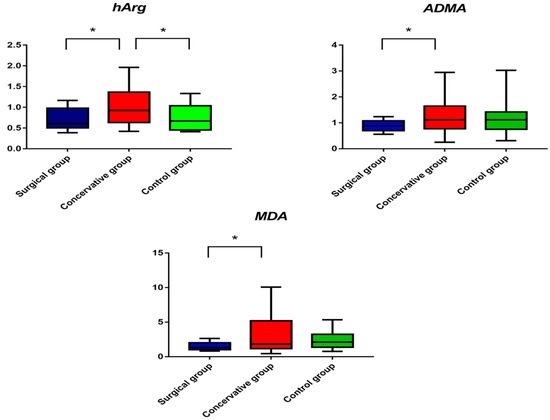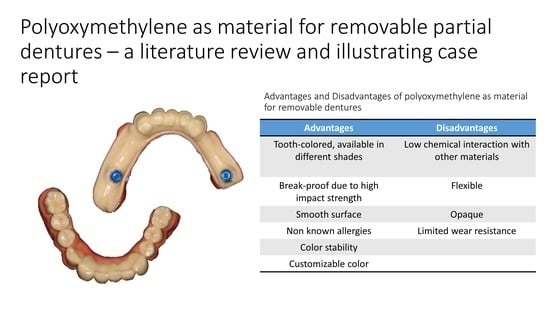J. Clin. Med. 2021, 10(7), 1469; https://doi.org/10.3390/jcm10071469 - 2 Apr 2021
Cited by 2 | Viewed by 2570
Abstract
Despite the control of inflammation, many patients with axial spondyloarthritis (axSpA) still report pain as a significant concern. Our objective was to explore the prognostic value of the painDETECT questionnaire (PDQ) in relation to treatment outcomes in axSpA patients treated in clinical practice.
[...] Read more.
Despite the control of inflammation, many patients with axial spondyloarthritis (axSpA) still report pain as a significant concern. Our objective was to explore the prognostic value of the painDETECT questionnaire (PDQ) in relation to treatment outcomes in axSpA patients treated in clinical practice. AxSpA patients with high disease activity initiating or switching a biological Disease-Modifying Antirheumatic Drug (bDMARD) were eligible. The PDQ score (range: −1 to 38) was used to distinguish participants with nociceptive pain (NcP) mechanisms from participants with a mixed pain mechanism (MP). The primary outcome was the proportion of individuals achieving a 50% improvement of the Bath Ankylosing Spondylitis Disease Activity Index (BASDAI50) at 12 weeks; logistic regression analysis models were used to determine the prognostic value of the nociceptive pain phenotype. Changes in continuous outcomes such as the Assessment of SpondyloArthritis International Society (ASAS) core outcome domains were analyzed using analysis of covariance (ANCOVA). Health-related quality of life (HR-QoL) was addressed using the Medical Outcomes Study SF-36. During a period of 22 months, 49 axSpA patients were included. Twenty (41%) had an NcP phenotype according to the PDQ score. BASDAI50 responses were reported by 40% (8/20) and 28% (8/29) NcP and MP groups, respectively. However, a prognostic value was not found in relation to the primary outcome (crude odds ratio [95% confidence interval]: 1.75 [0.52 to 5.87]). Across most of the secondary outcomes, axSpA NcP phenotype patients were reported having the most improvements in the HR-QoL measures. These data indicate the influence of personalized management strategies according to patients’ pain phenotypes for stratification of axSpA patients in randomized controlled trials.
Full article
(This article belongs to the Section Orthopedics)
►
Show Figures













